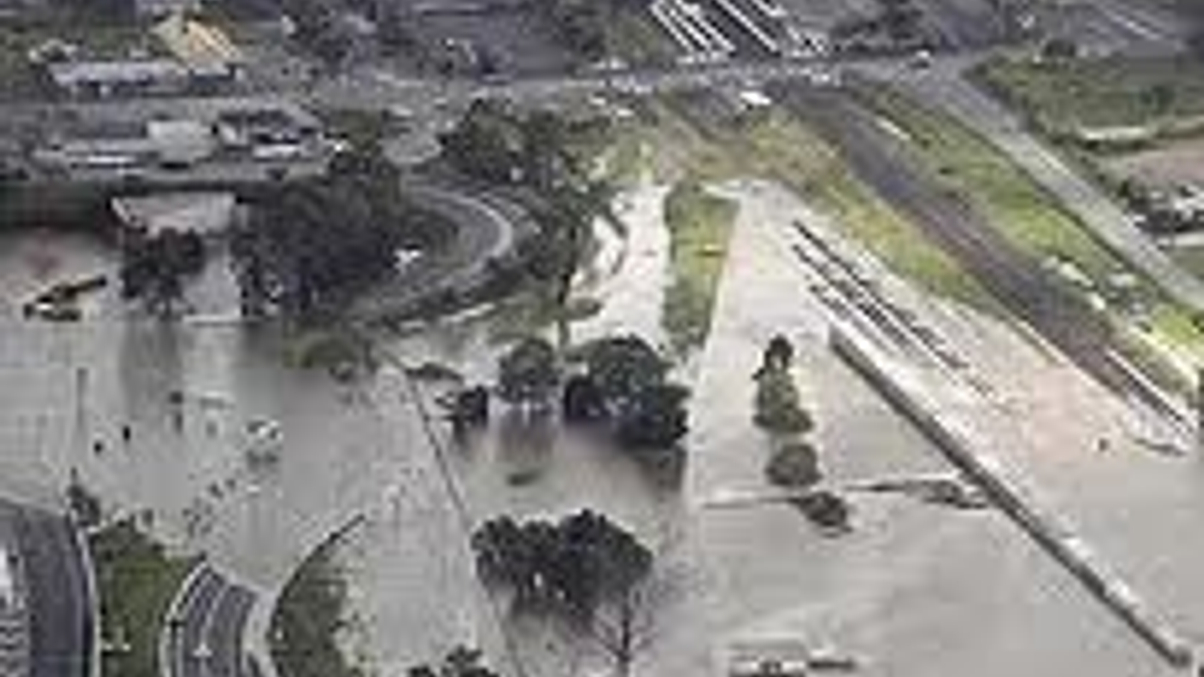Infrastructure risks may be greater than realised
A survey of project risk in Australia finds infrastructure projects can end up costing more than investors expect.

As more Asia-based investors look to add or increase infrastructure exposure to their portfolios, their main concern about risk may be with regard to leverage and other financial aspects that got many infrastructure funds into trouble in 2008.
Sign in to read on!
Registered users get 2 free articles in 30 days.
Subscribers have full unlimited access to AsianInvestor
Not signed up? New users get 2 free articles per month, plus a 7-day unlimited free trial.
¬ Haymarket Media Limited. All rights reserved.


